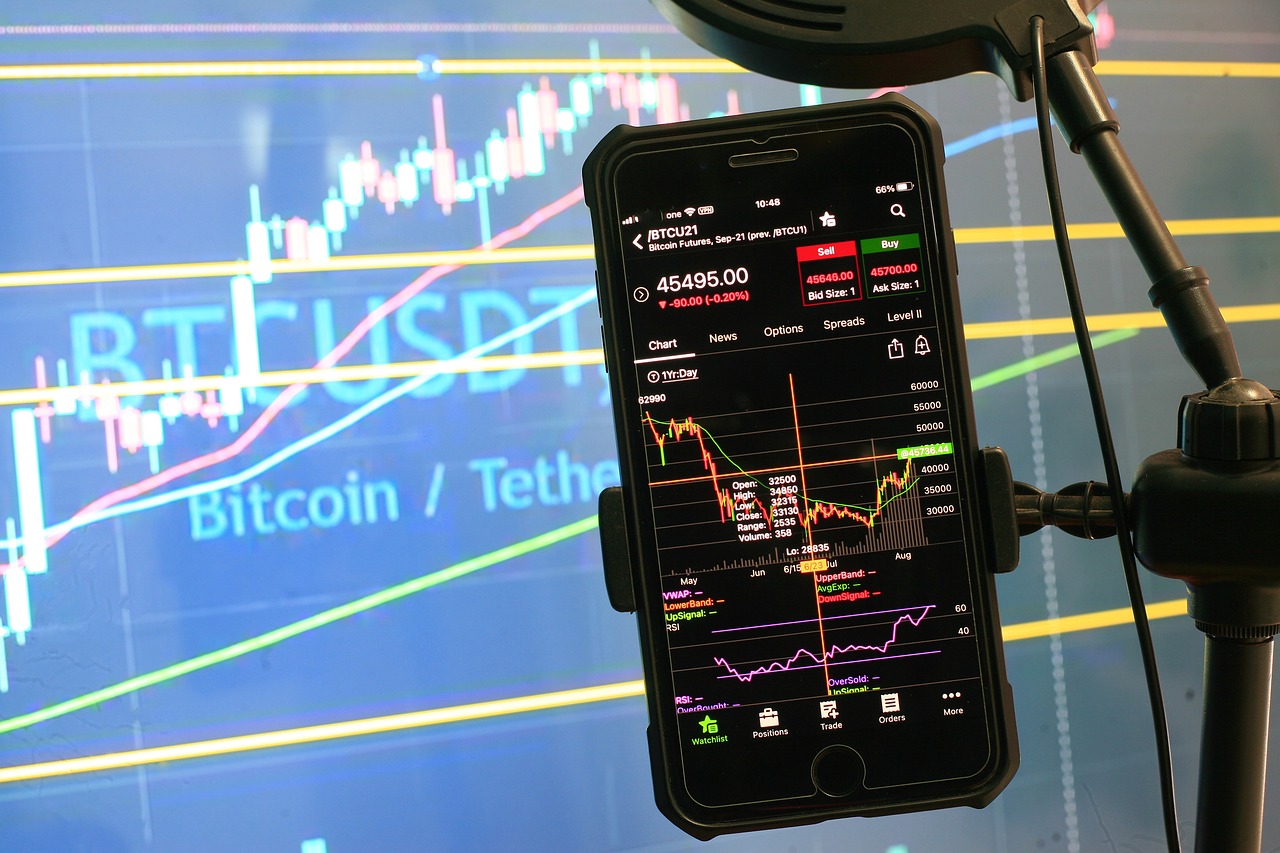Crypto currency returns will be taxed under the new rules. Investigate how your returns will be taxed. Continue reading to learn more.
The Indian government’s initial reaction to cryptocurrencies was to proceed with caution. However, the tremendous popularity and massive trading volumes of crypto and virtual digital assets (VDAs) recently prompted the government to act, resulting in cryptocurrency tax laws that clearly state the tax implications on digital asset management.
The Finance Minister announced the cryptocurrency tax in India in Union Budget 2022 at a flat rate of 30% on any income from the transfer of VDAs.
In addition, another section 194S was announced regarding the treatment of Tax Deducted at Source (TDS) in the event of a VDA transfer.
Let’s look at some key takeaways from the new law regarding TDS on VDAs and cryptocurrencies.
What exactly is TDS?
TDS is a direct tax levied on all types of revenue, dividend income, and asset transactions. It is a significant source of income for the government. TDS is levied at the point of payment or at the source if the payment exceeds a certain threshold. In India, TDS is governed by the Central Board of Direct Taxes (CBDT). TDS must be applied to all eligible VDA transactions beginning July 1, 2022, according to the new tax law.
What is the Transactional Duty on VDAs and Cryptocurrencies?
According to section 194S of the Income Tax Act, anyone purchasing VDAs or cryptocurrency must deduct a TDS of 1% of the total amount paid to the seller. The government has set a limit above which all transactions will be subject to TDS at the time of payment credit.
- If the seller’s PAN is not available, the crypto tax in India will be deducted at source (TDS) at 20%.
- If an individual has not filed their prior year’s IT return and the total of TDS and TCS for that year exceeds Rs 50,000/-, TDS at 5% will be charged.
When will transfers of VDAs and cryptocurrencies be subject to TDS?
Here are the conditions under which CBDT will be levied (that is, TDS on VDAs).
- During the fiscal year, the specified person transferred more than Rs 50,000 in VDAs.
- During the fiscal year, the total amount of VDAs transferred by anyone other than the specified person exceeds Rs 10,000.
What exactly is a specified person?
According to cryptocurrency tax laws, a ‘specified person’ is defined as follows.
- An individual or Hindu Undivided Family (HUF) who does not have any income from business or profession.
- An individual or HUF whose income falls under the category of profit and gains from business or profession and whose
- Total business sales/receipts/turnover is less than Rs 1 crore in the fiscal year preceding the fiscal year in which the VDA is transferred.
- Total income from profession does not exceed Rs 50 lakh in the fiscal year preceding the fiscal year in which the VDA is transferred.
The primary goal of allowing the cryptocurrency tax in India is to bring about regulation in the crypto market, which will discourage casual investors from dabbling in the field without the necessary knowledge or research. Furthermore, by imposing TDS on all transactions exceeding a certain threshold, the government can track and record every crypto or VDA transaction.
If you’re looking for a tool to manage your crypto tax and crypto portfolio, Binocs will be a perfect option to cater your needs and help you know more about the crypto world.










